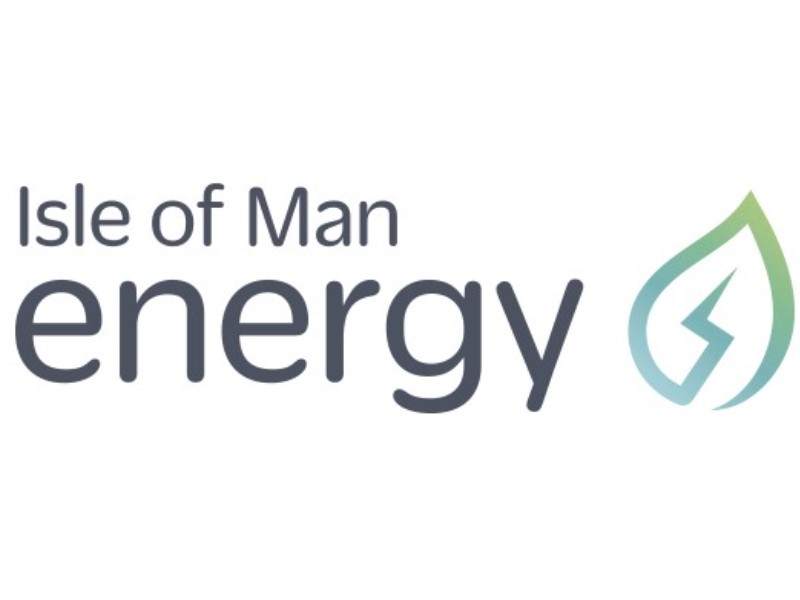
Latest figures shows fewer people out of work but a sharp drop in available roles
Unemployment on the Isle of Man has fallen slightly, though new government figures show a sharp drop in the number of available vacancies.
At the end of May 2025, 296 people were registered as unemployed, down by 23 from April. However, the figure remains 33 higher than the same time last year.
The Island’s unemployment rate stands at 0.7 percent, unchanged from the previous month and still among the lowest seen in recent decades. The highest unemployment levels were recorded during the COVID-19 pandemic, when figures peaked at over 1,200.
Despite the low rate, the number of job vacancies has fallen significantly, with just 474 positions remaining at the Job Centre in May – a decline of 133 from April. Of the roles still available, 60 percent are full-time, and a fifth of all part-time positions are seasonal or temporary.
International Labour Organisation (ILO) methodology suggests the actual number of people unemployed and actively seeking work could be much higher – around 741 individuals, equating to 1.7 percent of the economically active population.
The report highlights a persistent mismatch between job seekers and vacancies in certain sectors. The largest number of unemployed individuals was recorded in miscellaneous services, retail, and catering and entertainment.
Yet many of these sectors also have the highest number of unfilled vacancies, particularly in health and medical services (80 vacancies), retail (79), and hospitality (74).
The majority of unemployed people have been without work for less than three months, while 25 individuals have been out of work for over a year.
Men continue to make up the majority of those out of work – 65 percent of the registered unemployed – and the highest number of job seekers were aged between 20 and 29.
Geographically, unemployment remains concentrated in the East of the Island, including Douglas and Onchan, which accounts for more than two-thirds of all cases.


 Isle of Man inflation dips to 2.9% percent
Isle of Man inflation dips to 2.9% percent
 Over 2,200 people impacted by personal data breaches this summer
Over 2,200 people impacted by personal data breaches this summer
 Islands Energy Group to open call centre on the Island
Islands Energy Group to open call centre on the Island
 Pharmacy to open in the Roundhouse
Pharmacy to open in the Roundhouse
